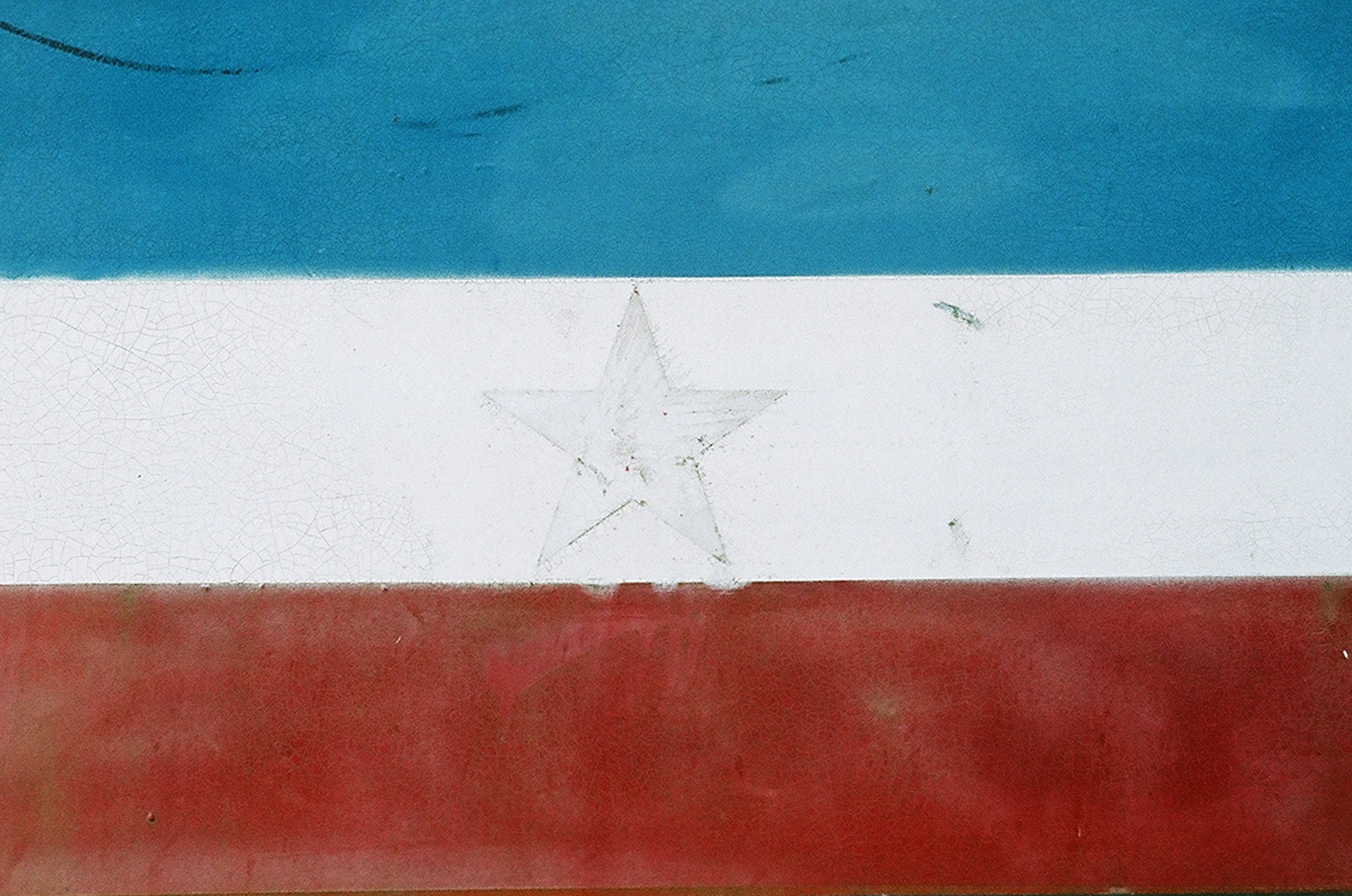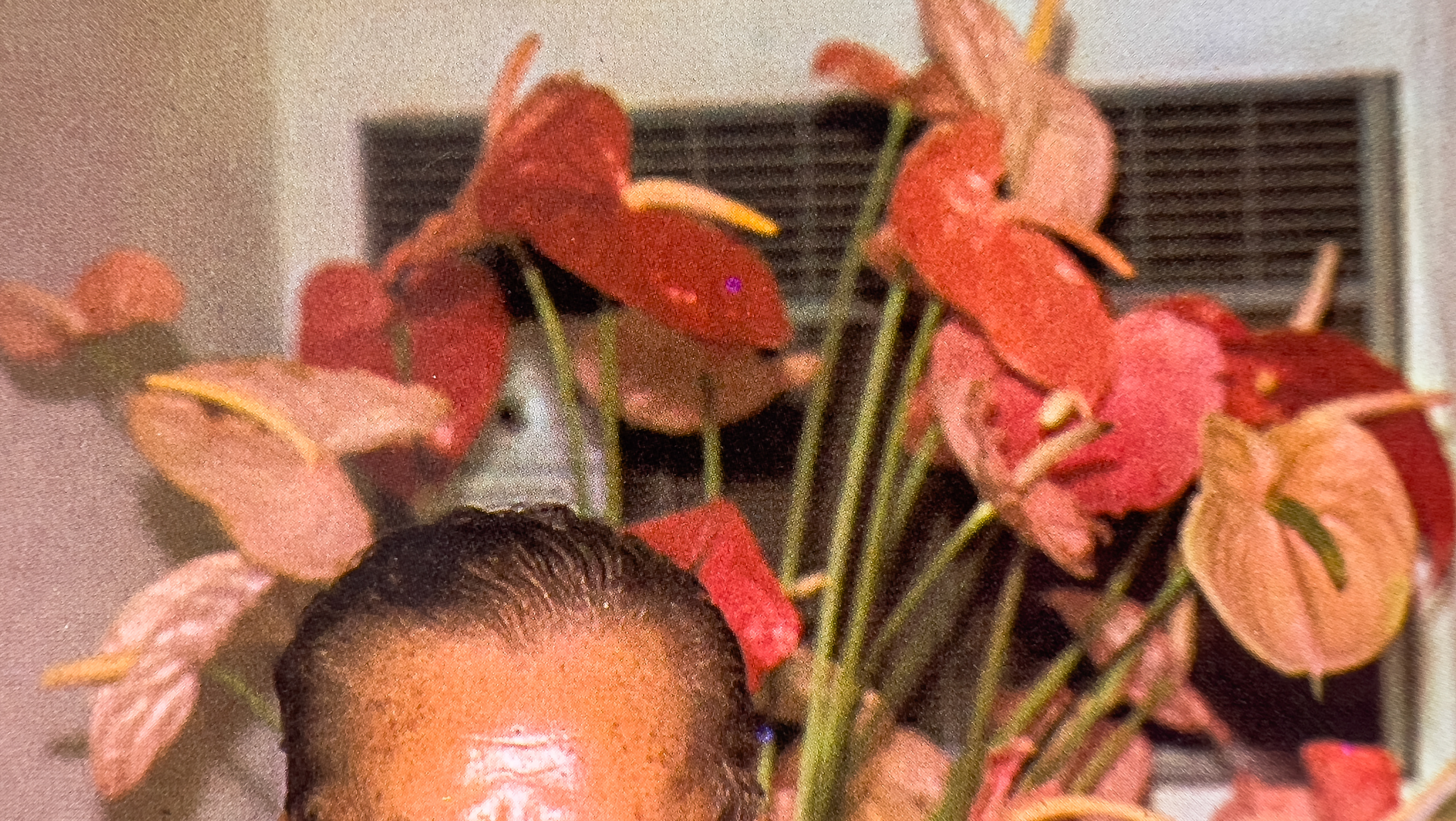Brotherhood and Unity is interdisciplinary art project about identity, collective trauma, personal histories and stories. I photographed the presence of the past through abandoned monuments, and memorial landscapes, empty and destroyed Yugoslavia architecture and visually analyses the terms remembrance and forgetting in the context of the disintegration of Yugoslavia and my own memory and personal history. In the photographic essay, I combined my photography essay with memory poems, family archive photos and an archival newspaper from former Yugoslavia from my fathers archive. Brotherhood and Unity is a story about leftovers of a country that no longer exists.
Brotherhood and Unity was presented as a solo exhibition in Bratislava(SK), Tel Aviv (ISRL), Ljubljana (SL), Vienna (AT), Novi Sad (SRB), UMass DartmoutH (USA).


The Presence of the Past
The interdisciplinary project Brotherhood and unity was gradually developing for seven years.
Within the projects I intensively analysed and photographed memorials that were built in the geographical space of former Yugoslavia between 1955 and 1980.
Apart from the memorials on their own, I was interested in the space around them. Overgrown forests. High and unmown grass. I walk around and observe sculptural and architectural compositions grown with nature
I analyse collective memory of Brotherhood and unity especially through memorials that were built by an Yugoslavian architect Bogdan Bogdanović. I fully identify with his saying that, they are not just some memorials, but spatial visual essays. They are timeless, as Bogdan Bogdanović himself used to say that he hadn’t been building just memorials but he had been building memorials that did not look like them. He never looked at them as memorials, but as contemplative games.
Within the projects I intensively analysed and photographed memorials that were built in the geographical space of former Yugoslavia between 1955 and 1980.
Apart from the memorials on their own, I was interested in the space around them. Overgrown forests. High and unmown grass. I walk around and observe sculptural and architectural compositions grown with nature
I analyse collective memory of Brotherhood and unity especially through memorials that were built by an Yugoslavian architect Bogdan Bogdanović. I fully identify with his saying that, they are not just some memorials, but spatial visual essays. They are timeless, as Bogdan Bogdanović himself used to say that he hadn’t been building just memorials but he had been building memorials that did not look like them. He never looked at them as memorials, but as contemplative games.
Remembrance and Forgetting
In human sciences from personality psychology through social psychology, sociology to cultural studies, but also artistic projects or even political sciences, we often meet with memory studies. After the fall of the Berlin wall, when Eastern Europe was freed from totalitarian regimes and archives were beginning to open up, there was a need to revive memories that were previously banned by regimes and their ideological norms.
Studies of remembrance, memories and forgetting are present especially in post traumatic society, where based on their research, we try to bring personal testimonies and talk about dictatorial regimes. Memory and forgetting share an asymmetrical relationship. They stand against each other. While we try to revive the space of memory, conserve memories in it and interpret them, at the same time we store a space meant for a process of forgetting. In my artistic research during last years, I deal with interpretation of memory through visual stories about encoded and leftovers of Yugoslavian heritage and identity that I carry with me. At the beginning of the project, I connected individual memory with the political and that was my base line in the interpretations. I look at the remembrance, (memory) as my personal leftover form my childhoodhood stories.
Installation view, Photon Gallery, Ljubljana, Slovenia, 2021








